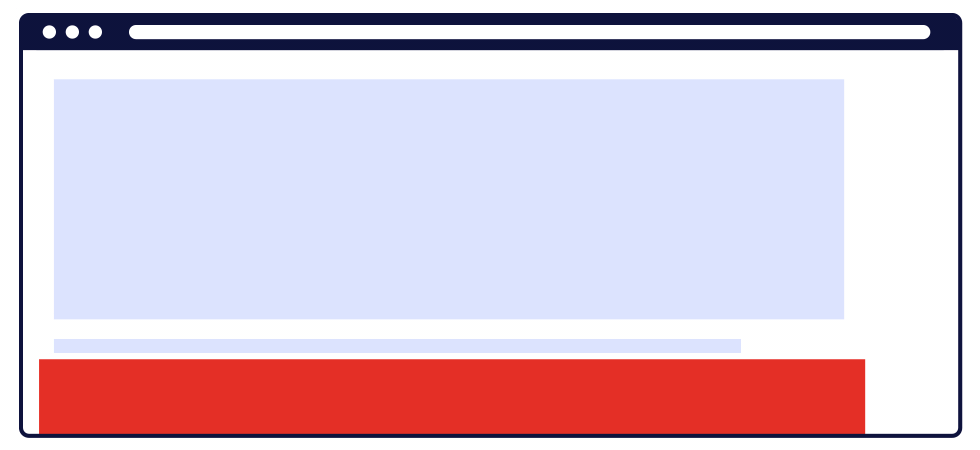Sticky Ads
Brian Wilson
Last Update 2 years ago
Sticky ads, also known as anchor ads, are a type of online advertisement that remains visible on a web page even as the user scrolls down the page. These ads, often in the form of banners or rectangles, stay fixed in their position, ensuring continuous visibility to users regardless of their scroll depth.
Type of Stick Ads or Anchor Ads
There are several types of sticky ads, including:
Top sticky banner ads: These ads are typically placed at the top of a website and “stick” to the top of the user’s screen as they scroll down the page. They are often used to promote a specific product or service and can effectively grab a user’s attention. They are often landscape-sized ads.

Bottom horizontal sticky ads: These ads are placed at the bottom of a website and remain visible as the user scrolls up the page. They are often used to promote upcoming events or promotions and can be particularly effective at driving conversions.

Why Should Publishers Use Sticky Ads?
A sticky ad benefits both the sell and buy sides since it increases ad viewability and dwell time. Higher viewability and dwell time directly convert into better CPMs for your impressions.
- Increased visibility: Sticky ads, also known as fixed position ads or sticky headers, remain in view as users scroll through a website, thereby increasing the chances of users seeing and engaging with the ad. It passes the minimum IAB and MRC ad viewability requirement by default – 50 percent of the display ad creative pixels are in view for a second.
- Higher engagement rates: Sticky ads tend to have higher engagement rates than regular ads because they remain visible longer and are more likely to capture users’ attention.
- Improved user experience: Sticky ads are typically less intrusive than pop-up ads or interstitials and don’t disrupt the user’s browsing experience. Users can simply scroll past the ad if they’re not interested.
- Greater revenue potential: Sticky ads are more visible and have higher engagement rates. They can command higher CPMs (cost per thousand impressions) than regular ads. This means that publishers can potentially earn more revenue from their ad inventory.
- Better ad targeting: Sticky ads can be targeted based on a user’s behavior, location, and other demographic factors. This means publishers can serve more relevant ads to their audience, leading to higher engagement rates and greater revenue potential.
While sticky ads can be effective in maximizing visibility and engagement, it's crucial to strike a balance between advertising goals and user experience. Publishers and advertisers should prioritize providing value to users while leveraging the benefits of this ad format.

